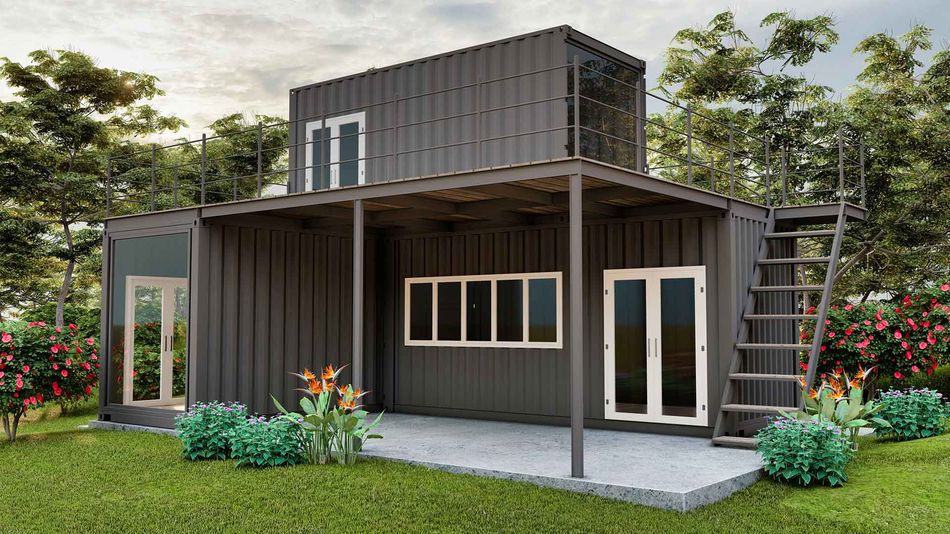Risks associated with using used containers in construction

Constructing buildings from shipping containers has become popular due to their durability, affordability and modularity. However, using used containers carries a number of risks that may affect the safety, durability and environmental friendliness of the finished objects.
Structural problems
Sea containers are subject to significant stress during transportation, which can lead to deformation, corrosion and cracks. Even if the container looks intact from the outside, its frame may have been weakened.
Containers are designed to withstand the stress of stacking and shipping, but cutting them for windows and doors reduces the strength of the structure. Without proper reinforcement, this can lead to collapse.
Containers are used in marine environments where salt water accelerates corrosion. Even after anti-corrosion treatment, the metal may lose some of its strength, which is especially critical during long-term use.
Ecological and toxicological risks
Shipping containers are coated with special paints and primers containing toxic substances such as lead, chromium and phosphorus to protect against corrosion. When heated or processed, these substances can be released into the air, presenting a health hazard.
Many containers were used to transport chemical cargo, petroleum products and other harmful substances. Even after cleaning, residues may remain in the container's cracks and seams, presenting a risk to occupants.
Heat and sound insulation
Metal container walls do not retain heat well, making the building too hot in summer and cold in winter. Without good insulation, heating and cooling costs can increase significantly.
The steel walls of the container do not absorb sound well, which makes the buildings noisy. Without additional sound insulation, life in a container house can be uncomfortable.
Legal and construction restrictions
In many areas, building with containers requires special permits and compliance with local building codes. This may create additional bureaucratic difficulties.
Some containers may not meet sanitary or environmental requirements, especially if they have been used in harsh environments. A number of countries have bans on the use of used containers in residential construction.
Financial risks
Although container construction is often touted as affordable, the costs of preparing the container, reinforcing it, insulating it, and eliminating environmental risks can significantly increase the final cost of the project.
Container homes remain a niche area and reselling or insuring them can be challenging. Not all insurance companies are ready to cover such buildings due to possible risks.


